Duc-Thinh Pham
Model Generalization in Arrival Runway Occupancy Time Prediction by Feature Equivalences
Jan 25, 2022
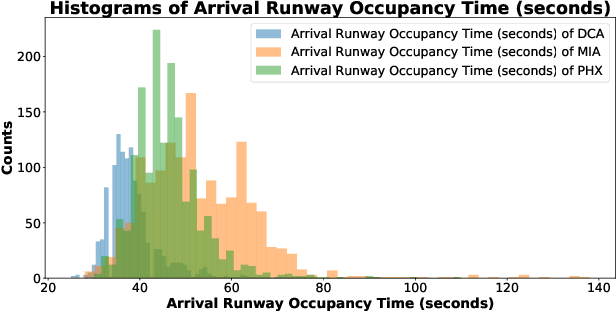
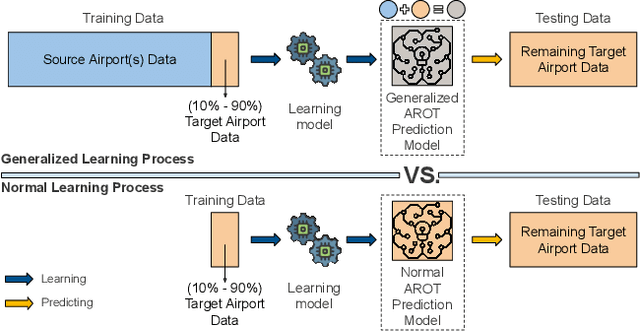
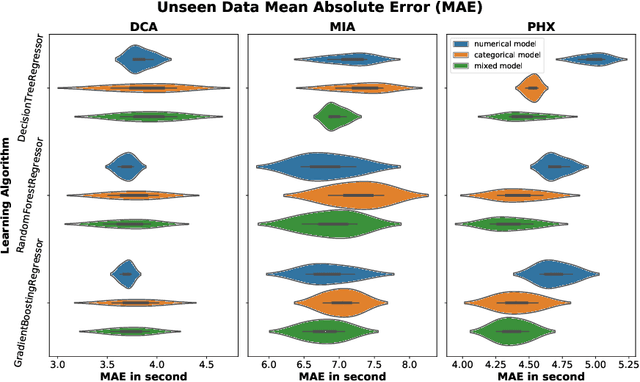
Abstract:General real-time runway occupancy time prediction modelling for multiple airports is a current research gap. An attempt to generalize a real-time prediction model for Arrival Runway Occupancy Time (AROT) is presented in this paper by substituting categorical features by their numerical equivalences. Three days of data, collected from Saab Sensis' Aerobahn system at three US airports, has been used for this work. Three tree-based machine learning algorithms: Decision Tree, Random Forest and Gradient Boosting are used to assess the generalizability of the model using numerical equivalent features. We have shown that the model trained on numerical equivalent features not only have performances at least on par with models trained on categorical features but also can make predictions on unseen data from other airports.
A Simplified Framework for Air Route Clustering Based on ADS-B Data
Jul 07, 2021
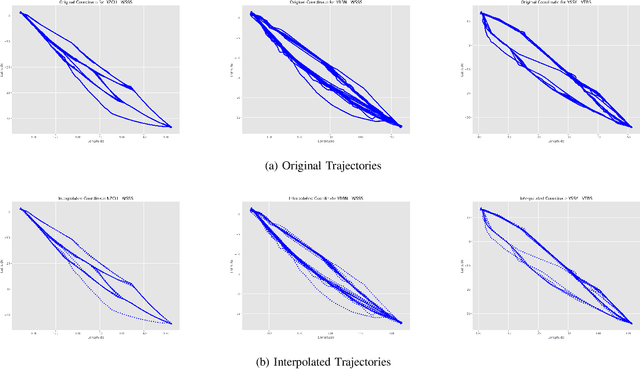

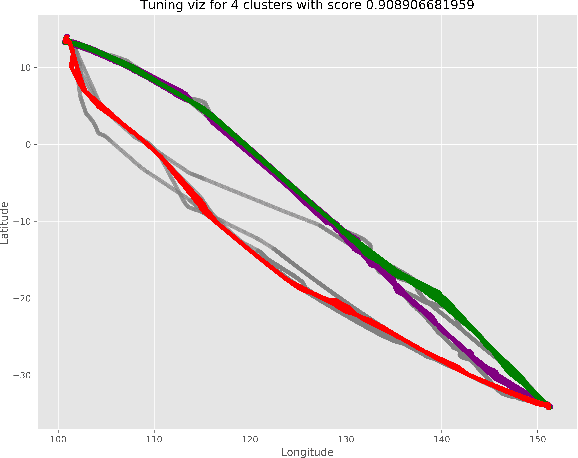
Abstract:The volume of flight traffic gets increasing over the time, which makes the strategic traffic flow management become one of the challenging problems since it requires a lot of computational resources to model entire traffic data. On the other hand, Automatic Dependent Surveillance - Broadcast (ADS-B) technology has been considered as a promising data technology to provide both flight crews and ground control staff the necessary information safely and efficiently about the position and velocity of the airplanes in a specific area. In the attempt to tackle this problem, we presented in this paper a simplified framework that can support to detect the typical air routes between airports based on ADS-B data. Specifically, the flight traffic will be classified into major groups based on similarity measures, which helps to reduce the number of flight paths between airports. As a matter of fact, our framework can be taken into account to reduce practically the computational cost for air flow optimization and evaluate the operational performance. Finally, in order to illustrate the potential applications of our proposed framework, an experiment was performed using ADS-B traffic flight data of three different pairs of airports. The detected typical routes between each couple of airports show promising results by virtue of combining two indices for measuring the clustering performance and incorporating human judgment into the visual inspection.
 Add to Chrome
Add to Chrome Add to Firefox
Add to Firefox Add to Edge
Add to Edge